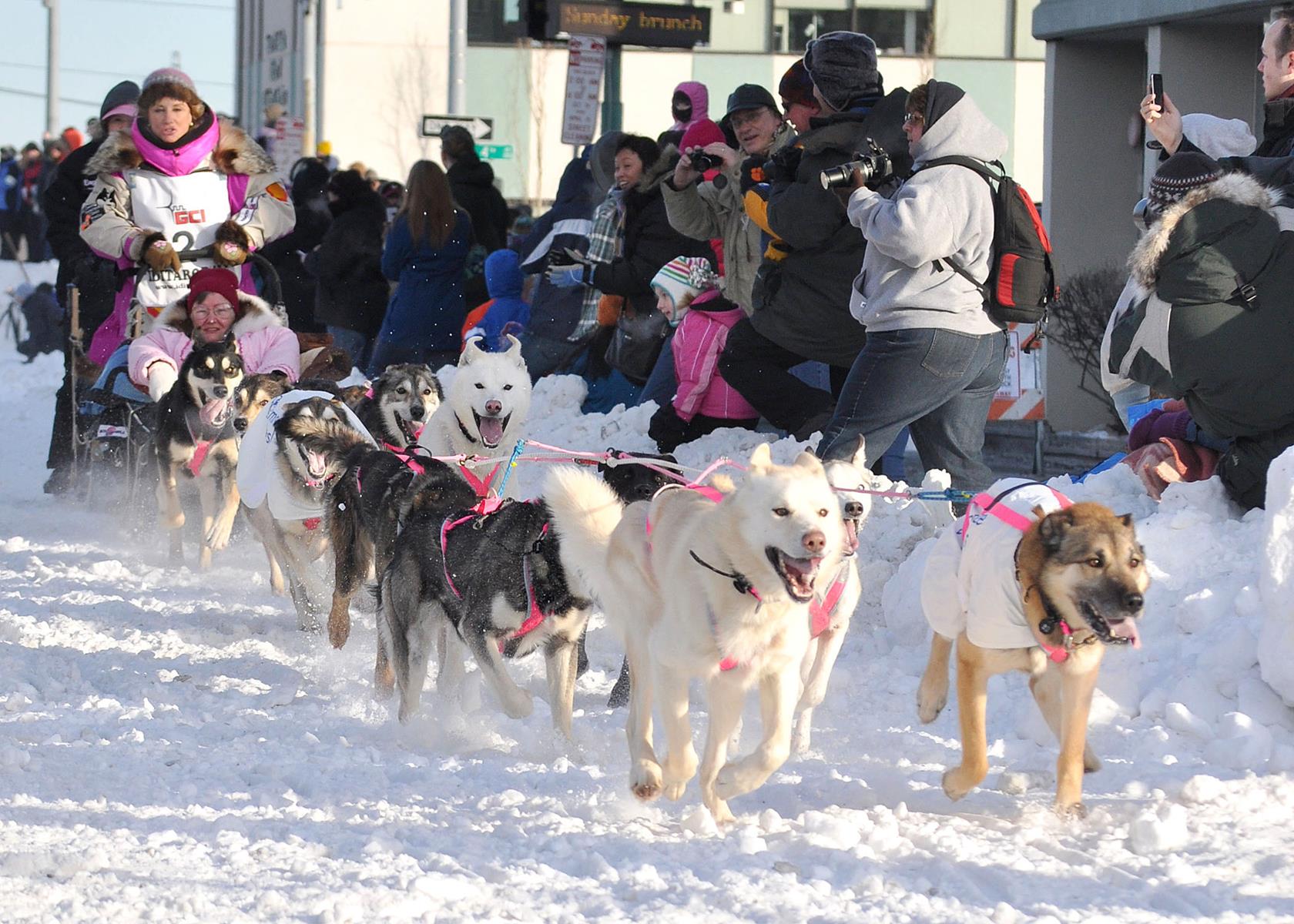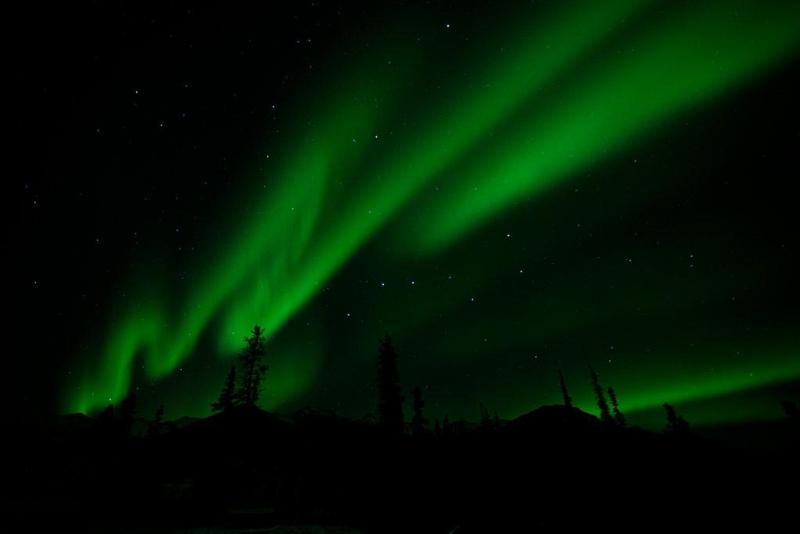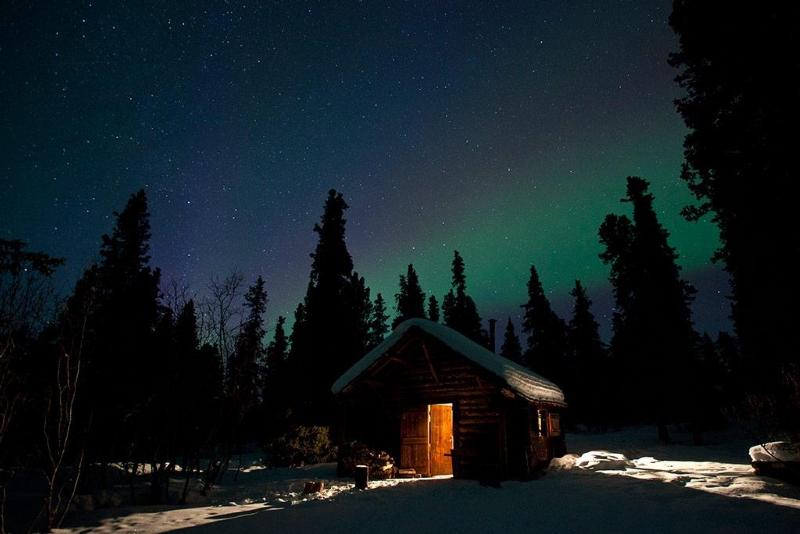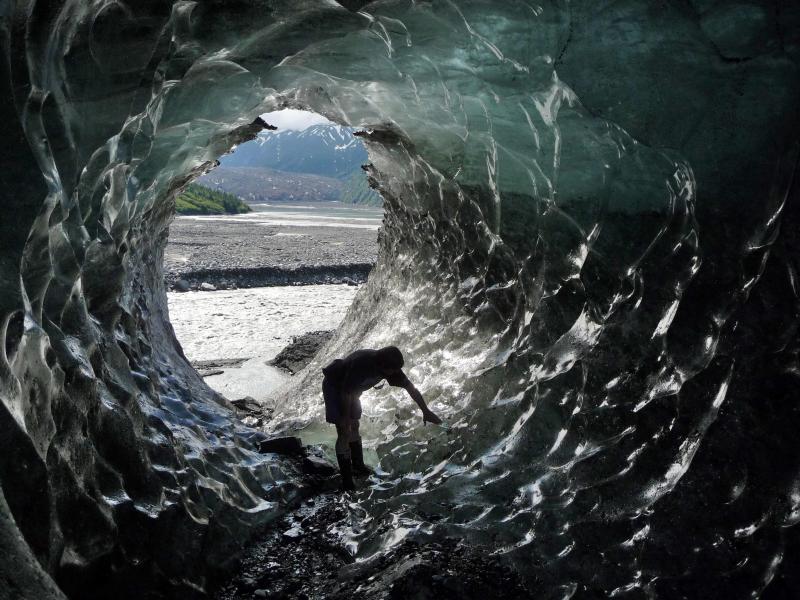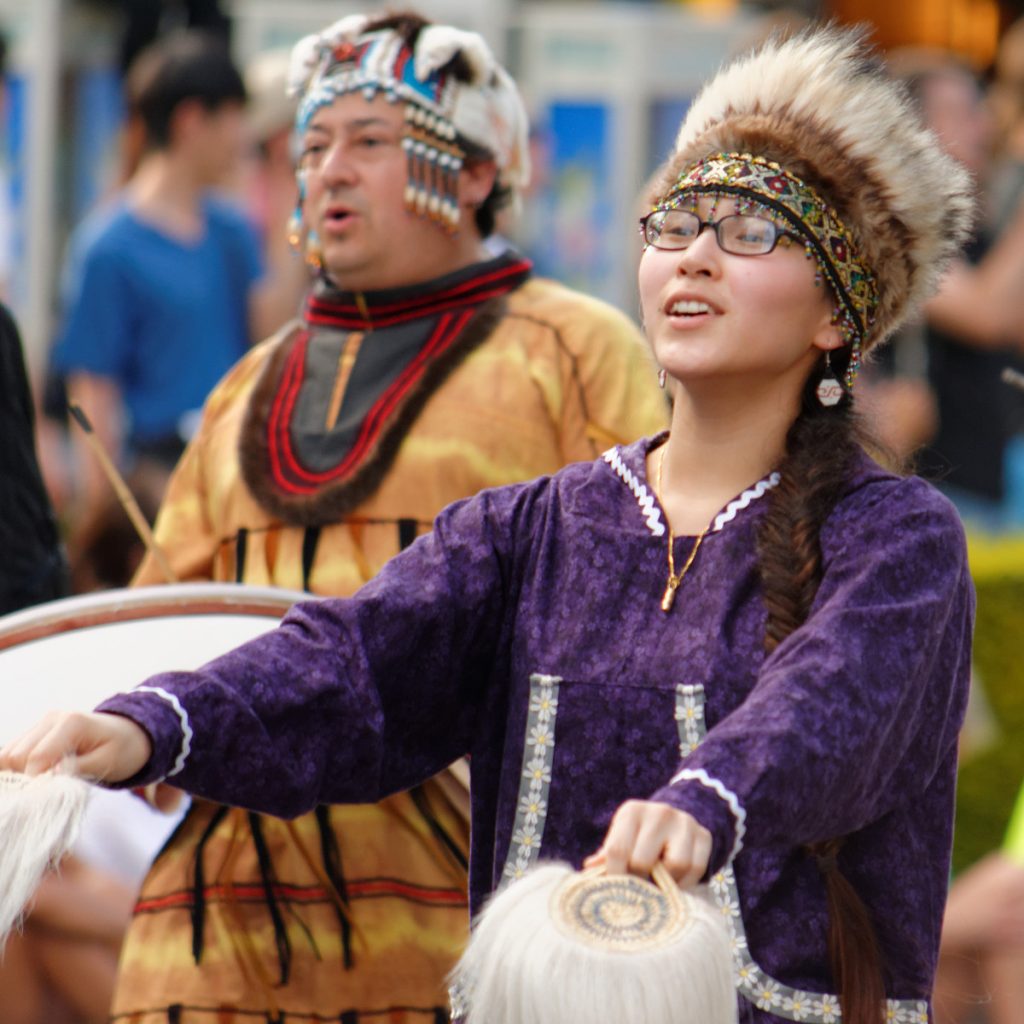From sea to summit, Alaska’s perfectly preserved wilderness offers students the adventure of a lifetime. Students can learn about wildlife preservation while pushing themselves to explore the most beautiful backcountry the United States has to offer. With the opportunity to try dog-sledding, sea kayaking and mountaineering, the trip will be overflowing with educational adventures.
3 Seasonal Stops
Iditarod Trail Sled Dog Race
Known as the last great race, the Iditarod Trail Sled Dog Race is an event that every student has learned about, but few have actually been able to see the race. The race starts in Anchorage with a ceremonial start on the first Saturday in March, and visitors crowd the streets for a chance to cheer on the mushers as they embark on the journey to the official start of the race in Willow. Students can visit any of the activity centers that line the lakefront or attend any of the pre-race banquets. Head to the kennels outside the city for a fun interactive tour of the mushers’ kennels as they prepare for the longest race of the year and students try dog-sledding on their own.
Northern Alaska Tour Company
Embark on an Aurora Adventure in Fairbanks to see the Northern Lights with Northern Alaska Tour Company. Students can learn about the Aurora Oval and why the colorful lights appear overhead while bonding on an overnight camping trip. The company also offers night drives and midnight flights to glimpse the phenomenon without committing to an overnight camping trip in famously unpredictable Alaskan weather. The Northern Lights are most visible from September until mid-April because the skies are usually very clear and the lights are very active.
Alaska Raptor Center
Sitka is home to the Alaska Raptor Center, and between May and September students can tour the facility to get a close look at many rare species of raptors. The center is designed to protect endangered species and heal injured birds, and hundreds of raptors now in permanent residence include bald and golden eagles, hawks, falcons and owls. Daily presentations will teach students about endangered species and wildlife preservation, as well as the raptors’ habitats and histories. Its founders started the center in college because they saw a problem and took action to make a difference, and their story of activism is inspirational to students of any age.
3 Wilderness Adventures
Kenai Fjords National Park
Kenai Fjords National Park near Seward will give students a taste of the Ice Age. Boasting over 40 glacier flows from Harding Icefield, this national park is an incredible place for students to learn about the changing environment and effects on the glaciers and the wildlife. Though the waters around Kenai Fjords are known for their beauty, kayaking is not for the faint of heart, and even experienced kayakers are encouraged to go with a guide. Students will love the unique ranger programs, such as strenuous hikes to the Harding Icefield and boat tours. There are also easier ranger-led hikes and educational programs.
Denali National Park
There is arguably no other place in the United States like Denali National Park. With six million acres of wild lands, there is no shortage of activities for students. From hiking and camping to paddling trips to mountaineering, students can try new activities in the shadow of North America’s highest peak, Denali. Rangers refer to the park as a living laboratory for students interested in seeing the visible effects of climate change. Hikes of varying degrees of difficulty encourage students to get out into the wilderness, and cycling paths make it easy for students to traverse a piece of the park on their own. Students can take a guided bus tour to learn about the park’s history and the wildlife that call it home. They are asked to spend one minute in silence to take in the beauty of the natural landscape and try to connect with their surroundings. Don’t forget to visit the sled dog kennels to see the working dogs that help perform essential wintertime duties.
Glacier Bay National Park
Located within the Inside Passage, Glacier Bay National Park is a World Heritage site and one of the world’s largest internationally protected areas. Rangers lead interpretive activities from Bartlett Cove that include films, educational talks and guided hikes. The park is known for its plethora of glaciers, and students can get a closer look at some of them from one of the daily boat tours. Marine wildlife is commonly seen in the waters of Glacier Bay, and kayaking is a great way to connect with nature. Students can take a guided kayak tour with a trained naturalist to get close to the natural wonders and learn about the environment in which they are paddling, and then they can enjoy a nature walk and lunch on a secluded beach.
2 Attractions with Tradition and Culture
Alaska Native Heritage Center
Alaska Native Heritage Center in Anchorage offers students the opportunity to dive into native culture and connect with 11 different cultural groups representing 21 different Alaskan languages. Learn about the traditions and cultures that have been present in the state for 10,000 years and continue to flourish today. The Gathering Place allows students to enjoy traditional Native Alaskan dances and songs, storytelling and games every weekday. Students can study the distinct differences between each of the Native peoples, visit traditional dwellings and see Native artwork.
Alaska Railroad
Discover the Alaskan frontier on the Alaska Railroad, a traditional mode of travel in the United States with a unique twist. The railroad runs between Anchorage and Fairbanks, and a variety of tours allow student groups to stop for sightseeing and hiking in places like the Spencer Glacier and Seward or enjoy jaw-dropping views of North America’s highest peak, Denali. The train offers glass-domed cars for unobstructed views of the wilderness.
By Sara Stokes

